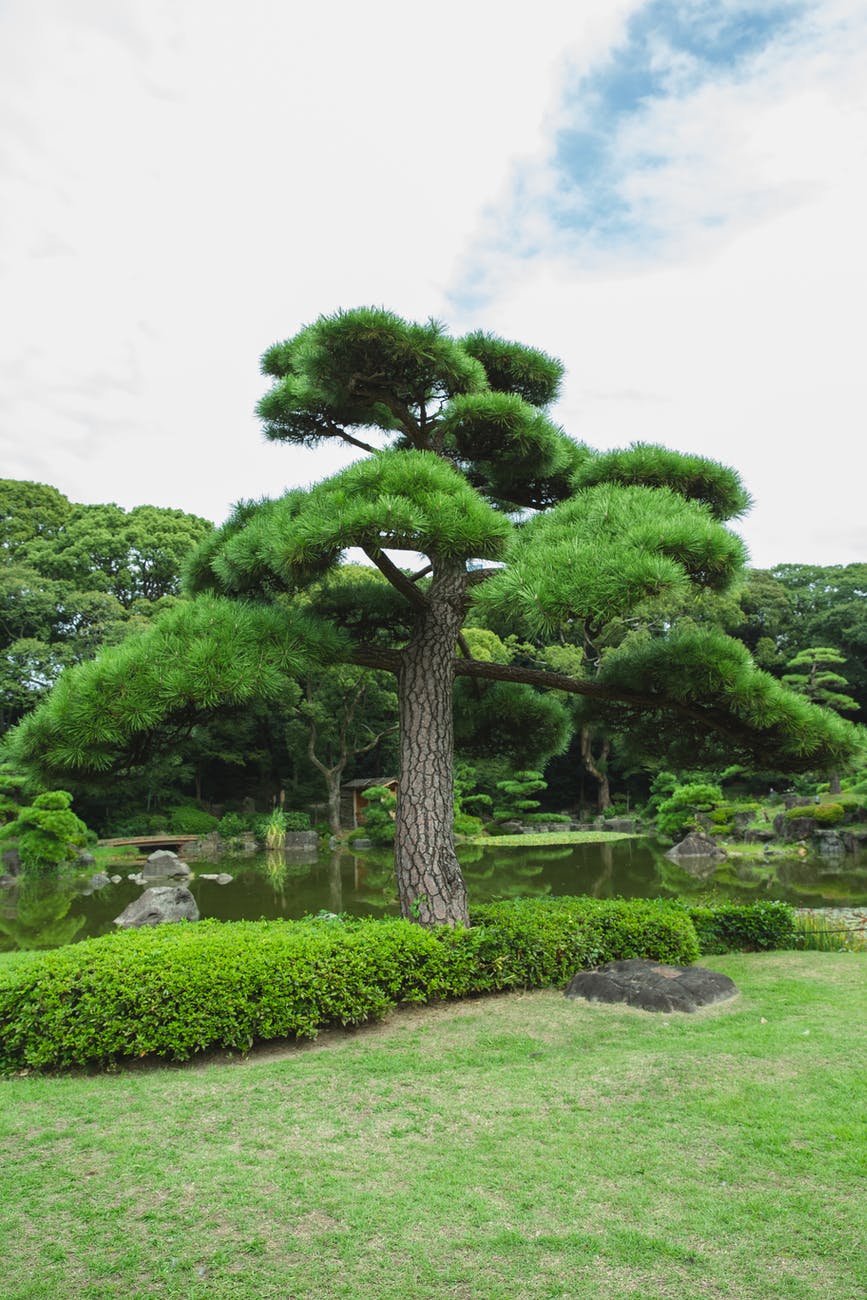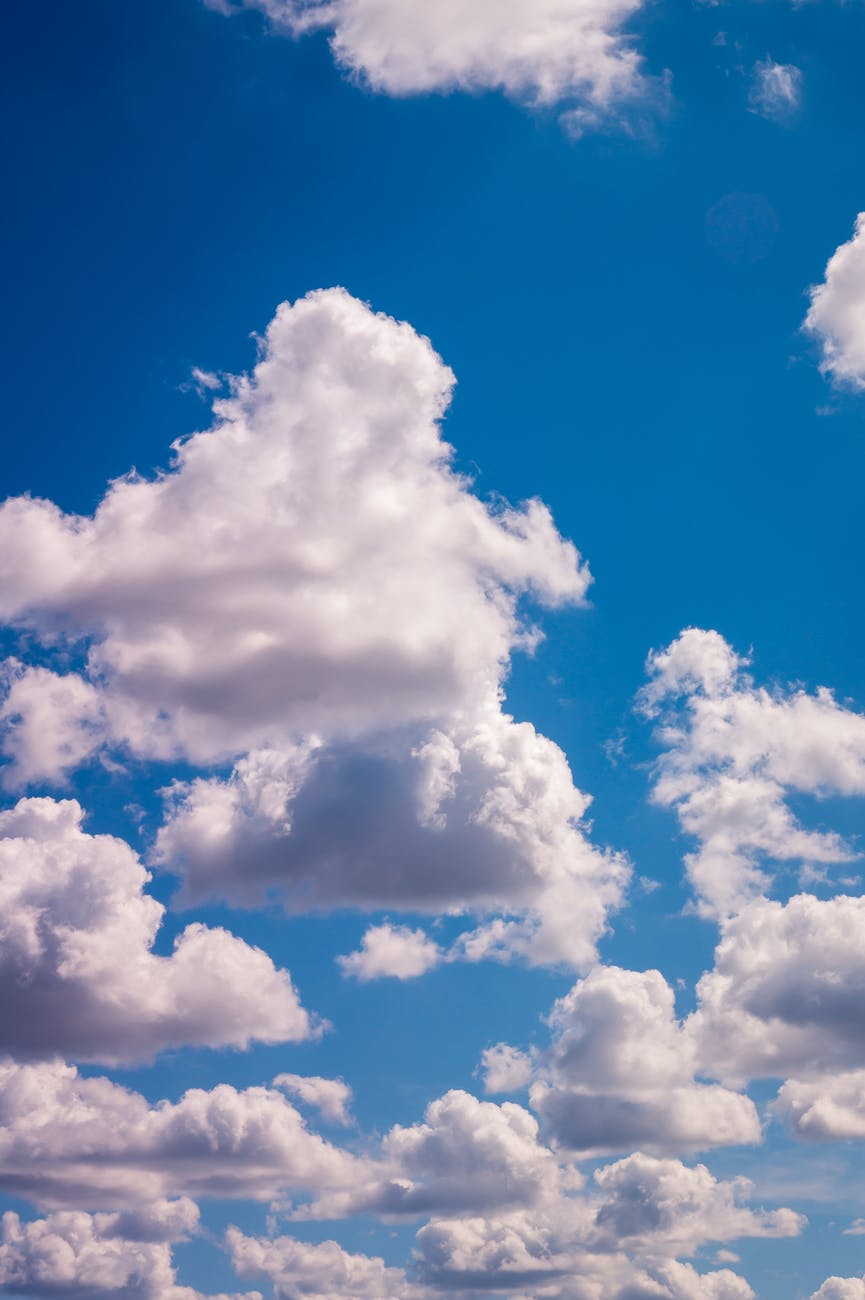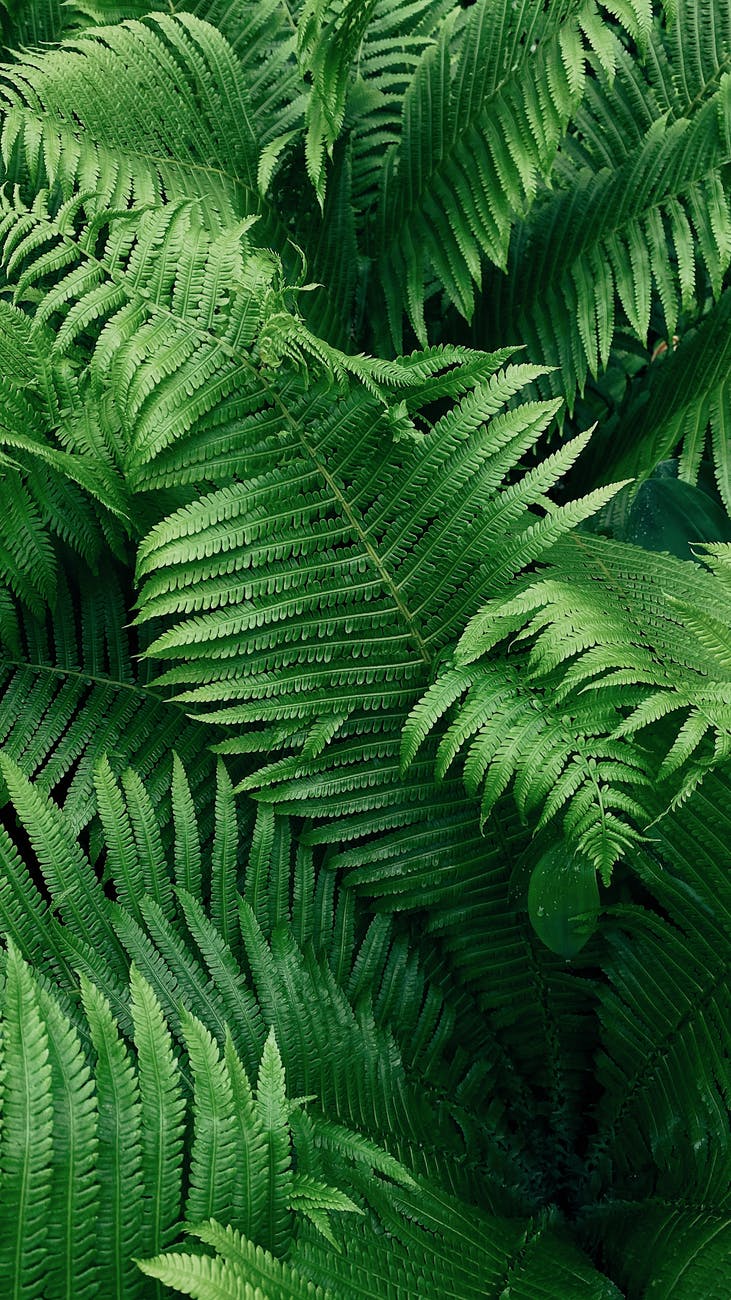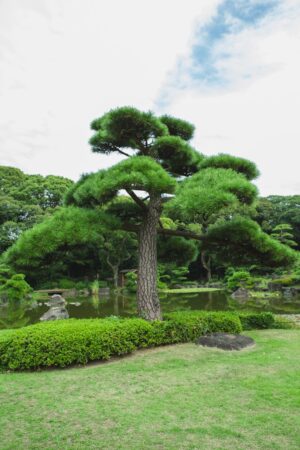Air refers to the Earth’s atmosphere. Air is the clear gas in which living things live and breathe. It has an indefinite shape and volume. It has mass and weight, because it is matter. Air is a mixture of about 78% of nitrogen, 21% of oxygen, 0.9% of argon, 0.04% of carbon dioxide, and very small amounts of other gases. There is an average of about 1% water vapour. People and other animals need oxygen. Plants produce oxygen during an important process called photosynthesis, which turns the sun’s energy into nutrients. Here is the list of 10 interesting things we should know about Air.
1.Air is mostly gas

The air in Earth’s atmosphere is made up of approximately 78 percent nitrogen and 21 percent oxygen. Air also has small amounts of lots of other gases, too, such as carbon dioxide (CO2), neon (Ne), and hydrogen (H2), helium (He), methane (CH4), krypton (Kr), nitrous oxide (NO), xenon (Xe), ozone (O3), iodine (I2), carbon monoxide (CO), and ammonia (NH3) in the atmosphere. Air is all around us, but we can’t see it. Three-fourths of all air resides in the troposphere, the lowest layer of the Earth’s atmosphere. Air also contains a significant amount of human-made air pollutants. The troposphere also contains water in all three phases like liquid, solid, and gas as well as solid particles, called aerosols. The lower troposphere can contain up to 4% water vapor (H2O) in areas near the tropics. The poles contain only trace amounts of water vapor.
2.Air isn’t just gas

Air is the invisible mixture of gases that surrounds the Earth. Air contains important substances, such as oxygen and nitrogen, that most species need to survive. Air also holds lots of tiny solid particles, such as dust, sea salt, and ash from erupting volcanoes or forest fires. The air is made of chemicals. Many of these particles are so small that they are microscopic. Others are large enough to see. Aerosols affect climate by helping clouds form and shading the planet by scattering or absorbing sunlight. In the last century, manufacturing and widespread use of combustion engines have increased the number of aerosols in the atmosphere as particulate matter spews from smokestacks and exhaust pipes. Burning wood and other materials also add particles to the air. The air is made of chemicals. The troposphere is also influenced by human-made chemicals that can negatively impact human health and the environment. The atmosphere of Earth, commonly known as air, is the layer of gases retained by Earth’s gravity that surrounds the planet and forms its planetary atmosphere. The atmosphere of Earth protects life on Earth by creating pressure allowing for liquid water to exist on the Earth’s surface, absorbing ultraviolet solar radiation, warming the surface through heat retention, and reducing temperature extremes between day and night.
3.Air is important for living things

To respire we need oxygen. Even the animals in aquatic habitats need oxygen to sustain. Air is the fundamental element which keeps us alive. In fact, the water bubbles are a result of trapped air. Organisms that live in the soil respire through the oxygen present inside the air. We utilize oxygen almost all the time yet it remains unexhausted. This is because the trees restore this oxygen to the environment in the course of the process of photosynthesis. Plants also use oxygen but their utilization is very minimal as contrasted to their oxygen production. Consequently, the remaining result is that they complement oxygen in the atmosphere. All the Animals and plants are codependent on each other for their subsistence, plants make oxygen and creatures yield carbon dioxide as a by process, hence they survive with one other creating a bionetwork of their specific self. Air presents a lot of diverse expenditures that make it an imperative and indispensable requirement in our daily life, deprived of air Earth would be just like the other lifeless planets in our planetary classification, without any plants, animals or living beings. The effects of air are felt within the natural surroundings, as the trees sway or the cold wind blows. The high velocity air that flows is usually referred to as breeze. We cannot see air but it can be felt around us. Without air, life wouldn’t be into existence.
4.Carbon dioxide in the air can be both good and bad

Carbon dioxide, known as CO2, is a naturally occurring gas in the atmosphere. Made up of one carbon atom and two oxygen atoms, carbon dioxide plays a critical role in the environment, the climate, and even your body. Carbon dioxide one of the main ingredients for photosynthesis, the process by which plants produce their own food from sunlight. Without carbon dioxide, plants would not be able to survive on Earth. Carbon dioxide also regulates your breathing and is a byproduct of respiration. When indoor carbon dioxide levels get too high, though, it can be detrimental to your mental abilities and wellness. Carbon dioxide levels are the highest they’ve been in almost three million years. During the past five decades, humans have added enough carbon dioxide to raise the global concentration of carbon dioxide by about 100 ppm and growing. With some climate models predicting CO2 levels to rise to over 900 ppm by then of the century, many people are concerned about the effects of carbon dioxide on the climate. Large amounts of CO2 are produced when cars and power plants burn coal, oil, and gasoline. This is bad because CO2 is the most important contributor to human-caused global warming.
5.Air also holds water

Actually, air does not hold water. Warm air often has more water molecules than cooler air but this is because of the energy level of the water particles. Air is filled with stuff! When air is warmed the water molecules in the air are also warmed, giving them more energy. When water molecules have more energy they are less likely to condense. Therefore, warm air, which is filled with highly-energized water molecules, often contains more water molecules than cooler air, which is filled with water molecules that more easily condense and become water. Hot air expands, and rises; cooled air contracts – gets denser – and sinks; and the ability of the air to hold water depends on its temperature. Air warmed by ocean currents picks up a lot of moisture. As the heated air rises, it expands, which is measured at the surface as low air pressure. Expanding air cools, which forces it to lose its moisture as rain or snow. The opposite is true for sinking air. Such air compresses and warms. In a zone of high pressure like this, moisture is absorbed by the air from its surroundings.
6.Air changes as you go up, up, up

Air is all around us, but we cannot see it. Gravity from the Earth pulls air down – this is called air pressure. We don’t feel this pressure because our bodies push an equal amount of pressure outward. The air pressure is low on top of a mountain because there is less atmosphere pushing down on you. Air gives the impression of being light, but there is a lot of it roughly pushing down on earth’s surface. This is termed as air pressure. You undergo high air pressure at sea level for the reason that the whole atmosphere is impelling down on you. The air pressure is depleted on top of highlands because there is a lesser amount of atmosphere approaching down on you. That difference in air pressure can produce your ears to pop when you’re taking off in an airplane or driving up a hill.
7.Air is a protective cushion

The air in our atmosphere acts as insulation, keeping the Earth from getting too cold or too hot. Ozone, another type of gas in the air, also protects us from too much sunlight. Air in the atmosphere can also protect us from meteoroids. When meteoroids contact our atmosphere, they rub against the air and oftentimes are burned into small pieces before reaching Earth. The ozone layer is a natural layer of gas in the upper atmosphere that protects humans and other living things from harmful ultraviolet (UV) radiation from the sun. Although ozone is present in small concentrations throughout the atmosphere, most (around 90%) exists in the stratosphere, a layer 10 to 50 kilometres above the Earth’s surface. The ozone layer filters out most of the sun’s harmful UV radiation and is therefore crucial to life on Earth. Ozone layer depletion causes skin cancers, eye cataracts and immune deficiency disorders. UV radiation also affects terrestrial and aquatic ecosystems, altering growth, food chains and biochemical cycles.
8.There is life in the air

The atmosphere is an essential component for life on Earth, since it contains the oxygen that living organisms need to breathe. In addition, it filters out the harmful solar radiations, reflecting them and preventing them from reaching the soil, and allows the Earth’s surface to maintain the right temperature for plants and animals to live. The atmosphere is also the place where the main weather phenomena, that compose the climate, occur. Lots of living things make their homes in soil and water. Earth is the only planet in the solar system with an atmosphere that can sustain life. The blanket of gases that surrounds our home planet not only contains the air that we breathe but also protects us from blasts of heat and radiation emanating from the sun. It warms the planet by day and cools it at night. Earth’s atmosphere is about 300 miles (480 kilometers) thick, but most of it is within 10 miles (16 km) of the surface. Air pressure decreases with altitude. At sea level, air pressure is about 14.7 pounds per square inch (1 kilogram per square centimeter), and the atmosphere is relatively dense. At 10,000 feet (3 km), the air pressure is 10 pounds per square inch (0.7 kg per square cm), which means molecules of gas that make up the atmosphere are less dense. That makes it harder for a person to breathe and get enough oxygen to live, although there is evidence for microbial life high up in the clouds.
9.Air can move fast and far

The air around us is always moving. Air is made of atoms and molecules just like everything else around us. When we feel air on our skin, we are feeling its atoms and molecules hitting us. You can create your own “wind” with fans. The fastest gust of wind ever recorded on Earth was 253 miles per hour. Air flowing from areas of high pressure to low pressure creates winds. Warm air can hold more moisture than cold air. Air moving at the bases of the three major convection cells in each hemisphere north and south of the equator creates the global wind belts. Convection in the atmosphere creates the planet’s weather. When warm air rises and cools in a low pressure zone, it may not be able to hold all the water it contains as vapor. Some water vapor may condense to form clouds or precipitation. When cool air descends, it warms. Since it can then hold more moisture, the descending air will evaporate water on the ground. Air moving between large high and low pressure systems creates the global wind belts that profoundly affect regional climate. Smaller pressure systems create localized winds that affect the weather and climate of a local area.
10.Air pollution can ruin your outdoor plants

Green environment can provide the cleanest and safest place for humans to live. Trees and plants are oxygen generating factories that cleanse air, absorb carbon dioxide and supply oxygen for animals and humans to breathe. Deforestation and urbanization have left us with lesser number of plants to combat the air pollution around us. While increasing rate of air pollution poses serious health risks for humans, these outdoor plants can help beat the detrimental effects of air pollution and purify the air around us to a great extent. Polluted air contains particles, odors and harmful gasses like nitrogen oxides, sulfur dioxide and ammonia. These pollutants settle on the leaves of trees and plants. The leaves and plant surface absorb these pollutants and through their stomata (pores) and filter these harmful substances from the air. Trees also trap heat and reduce greenhouse gases in the atmosphere. They also reduce the ground level ozone level and enrich the air around us with life giving oxygen. Air pollution is measured with the Air Quality Index, or AQI. The lower the AQI, the cleaner the air is.

